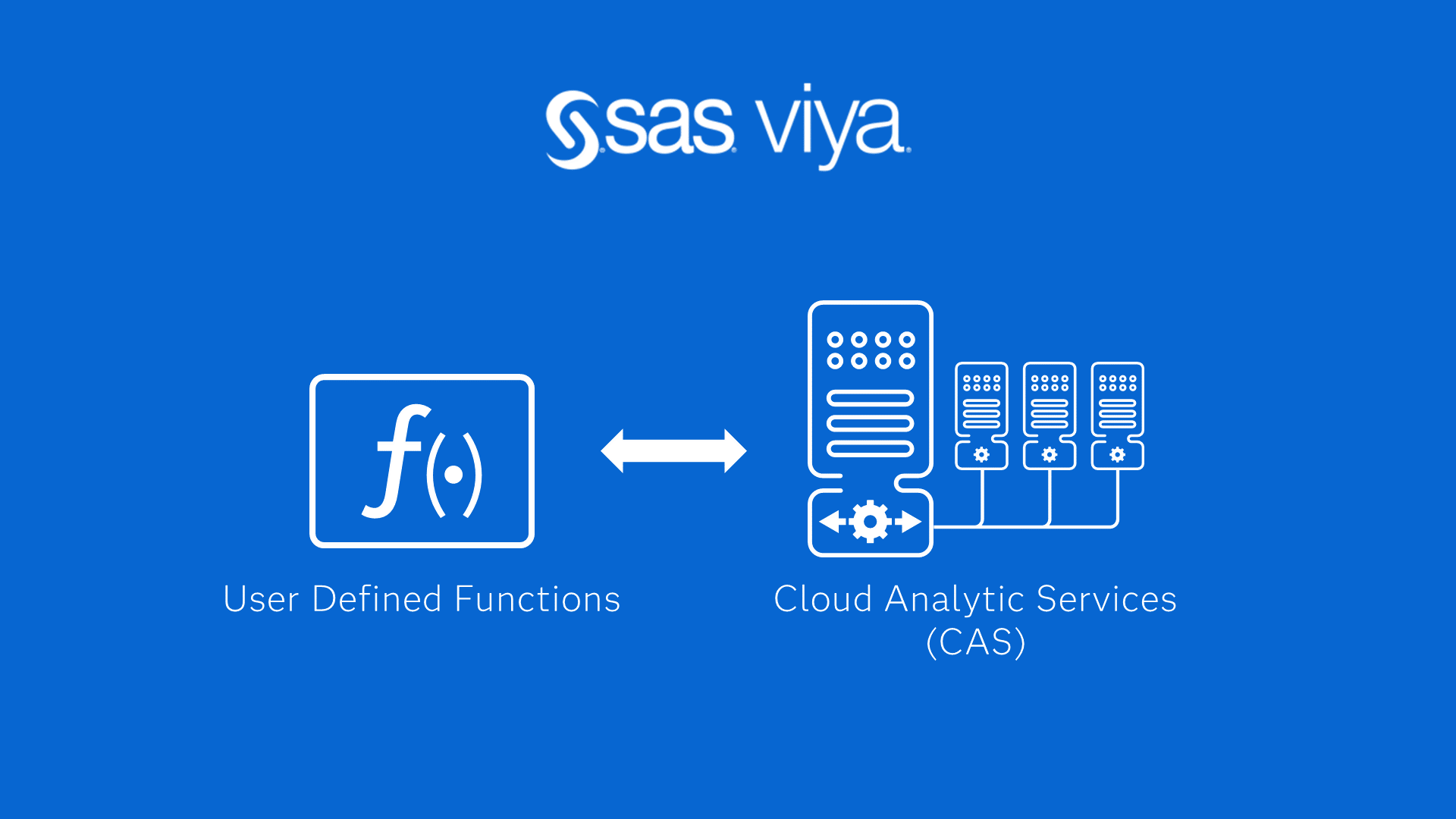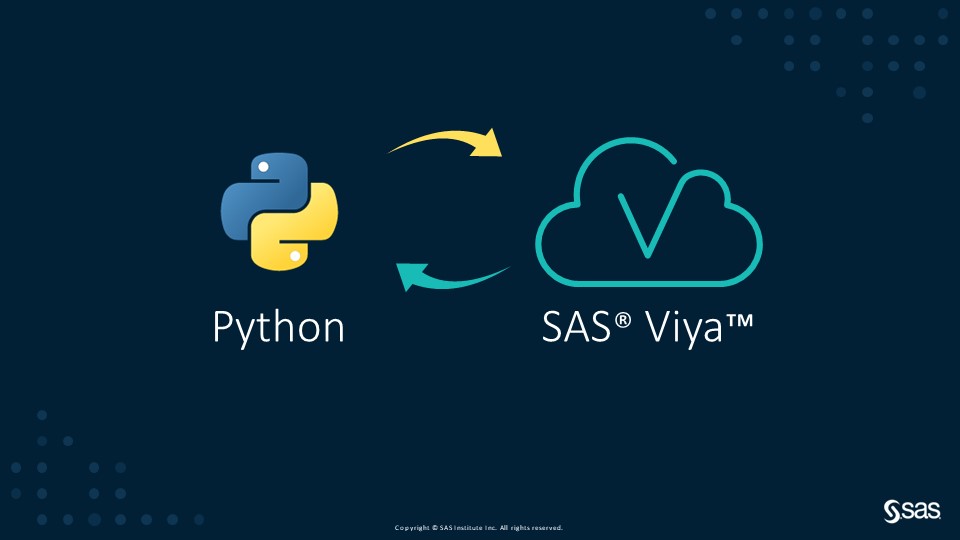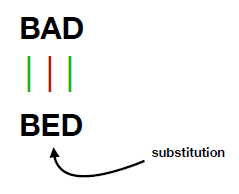
Welcome back to my SAS Users blog series CAS Action! - a series on fundamentals. In this post, I'll show how to create user defined functions (UDFs) for the distributed CAS server using SAS and CASL code. Once the UDF is created, you can use it on the CAS server with programming









